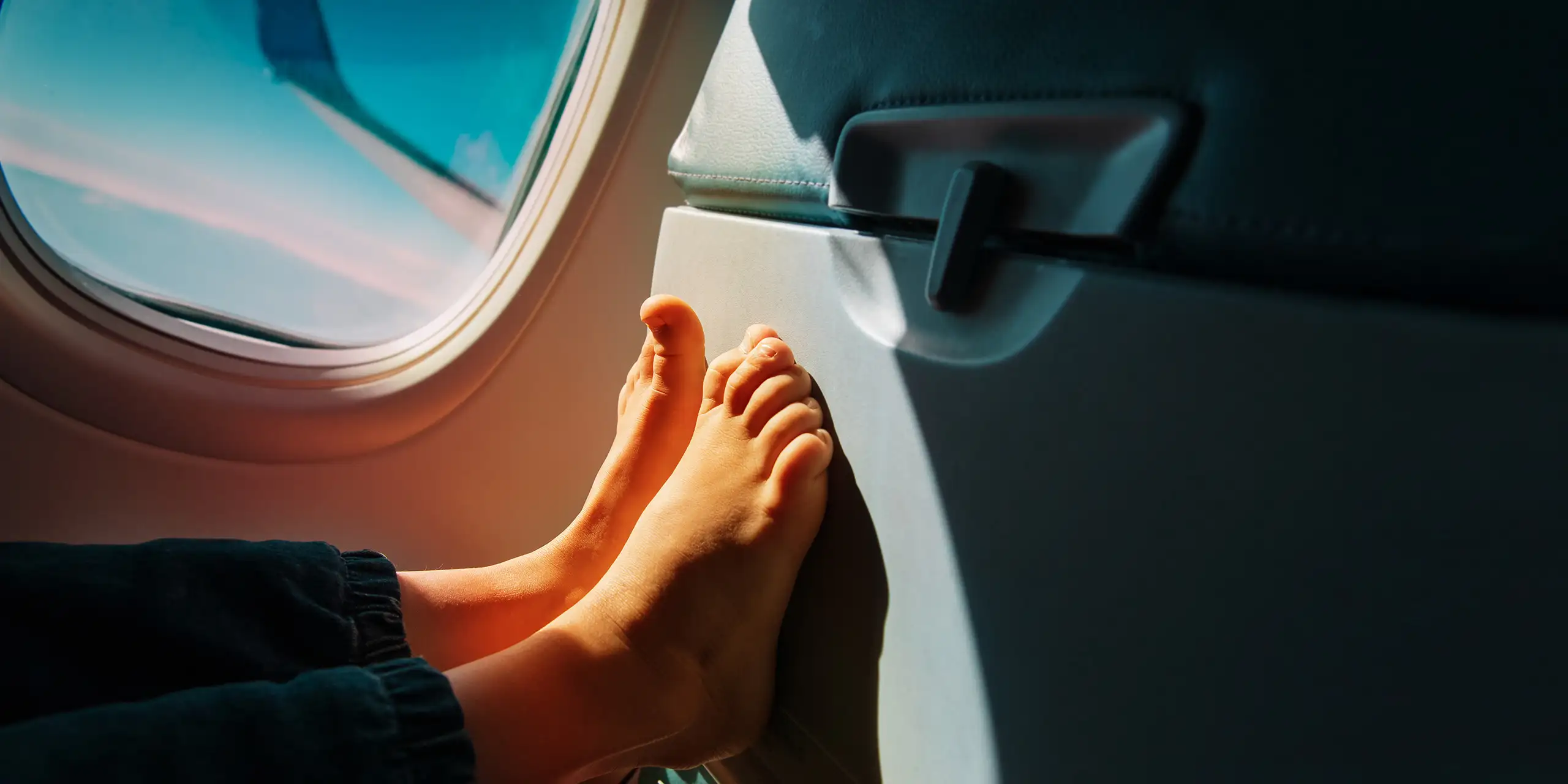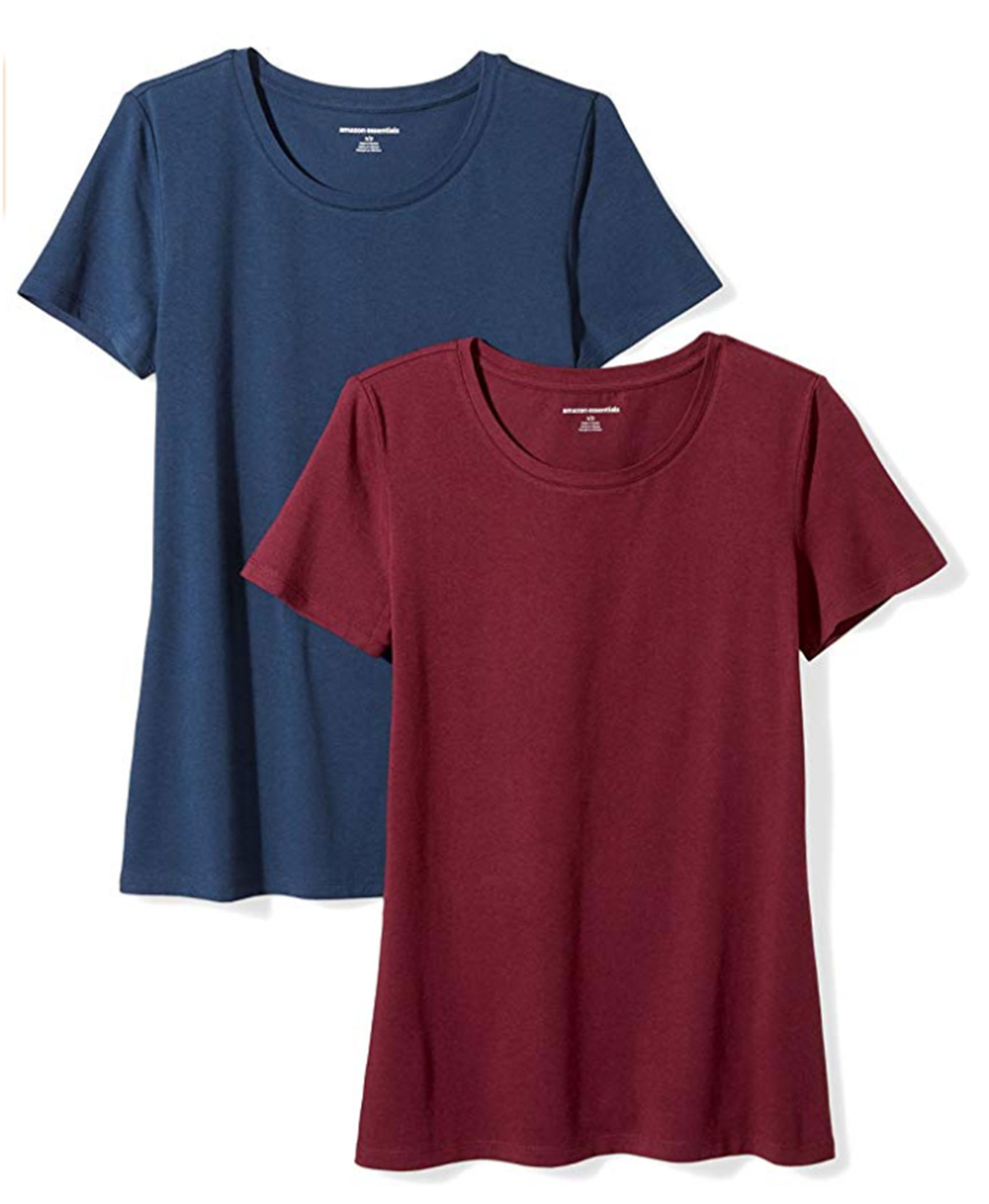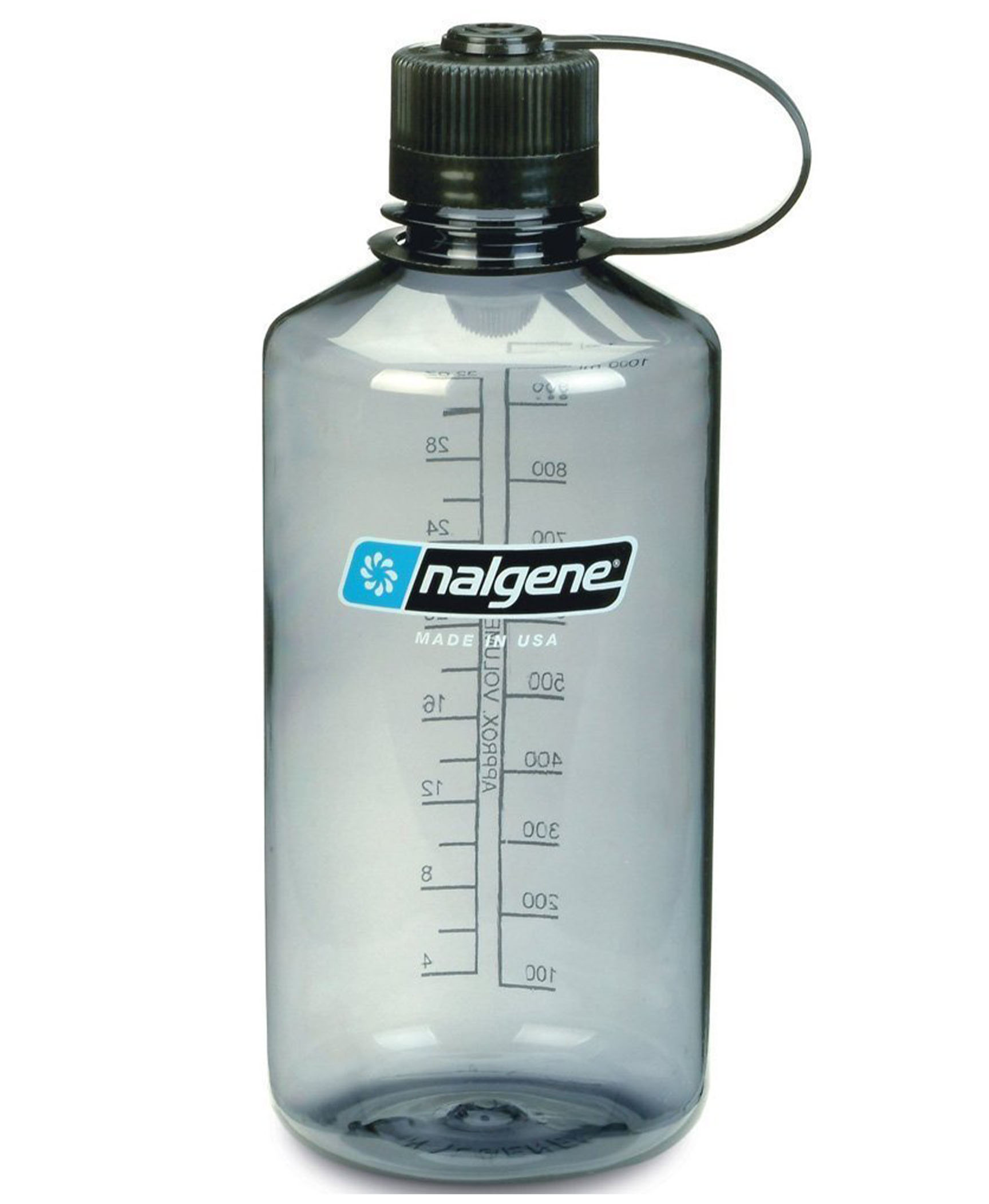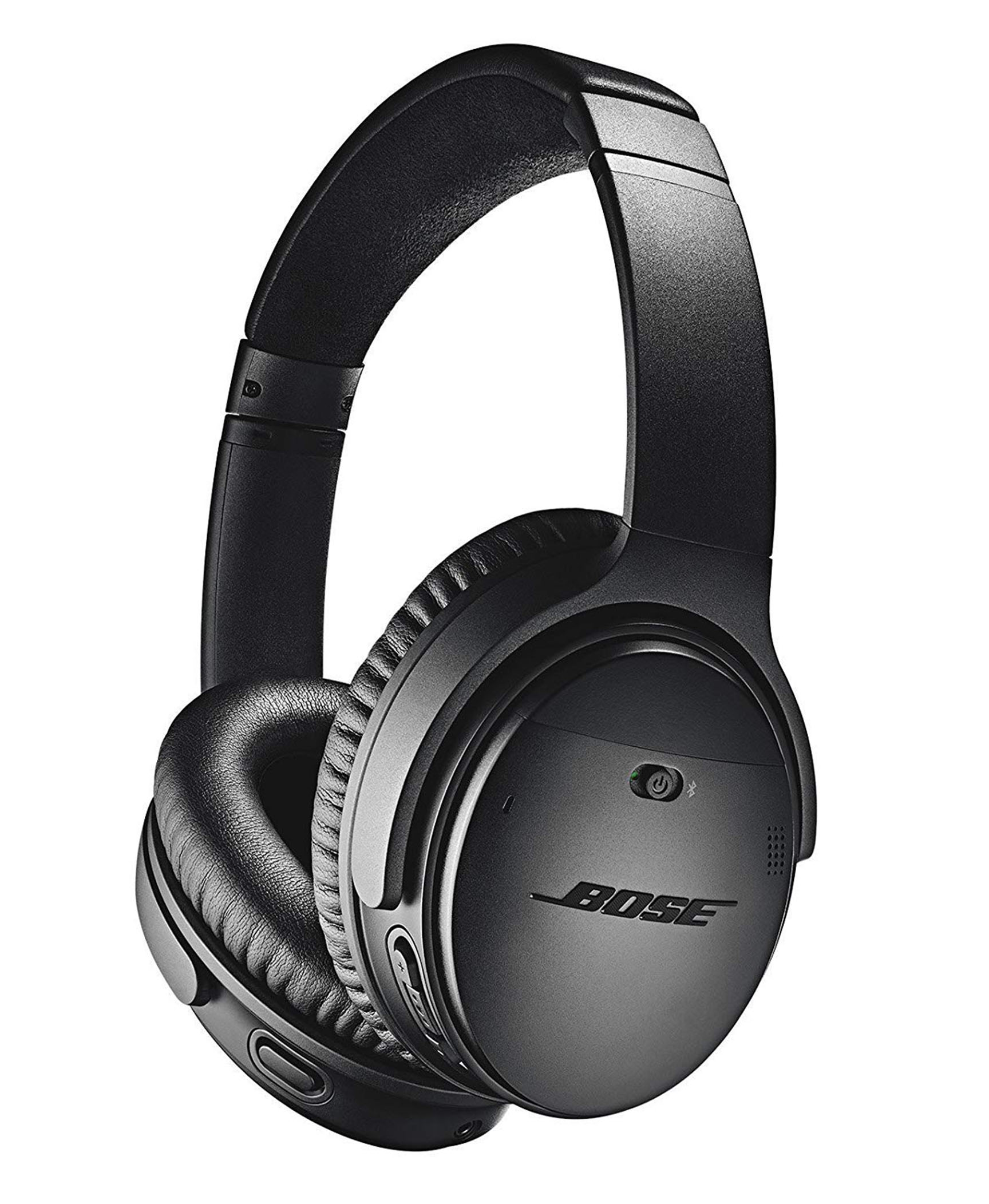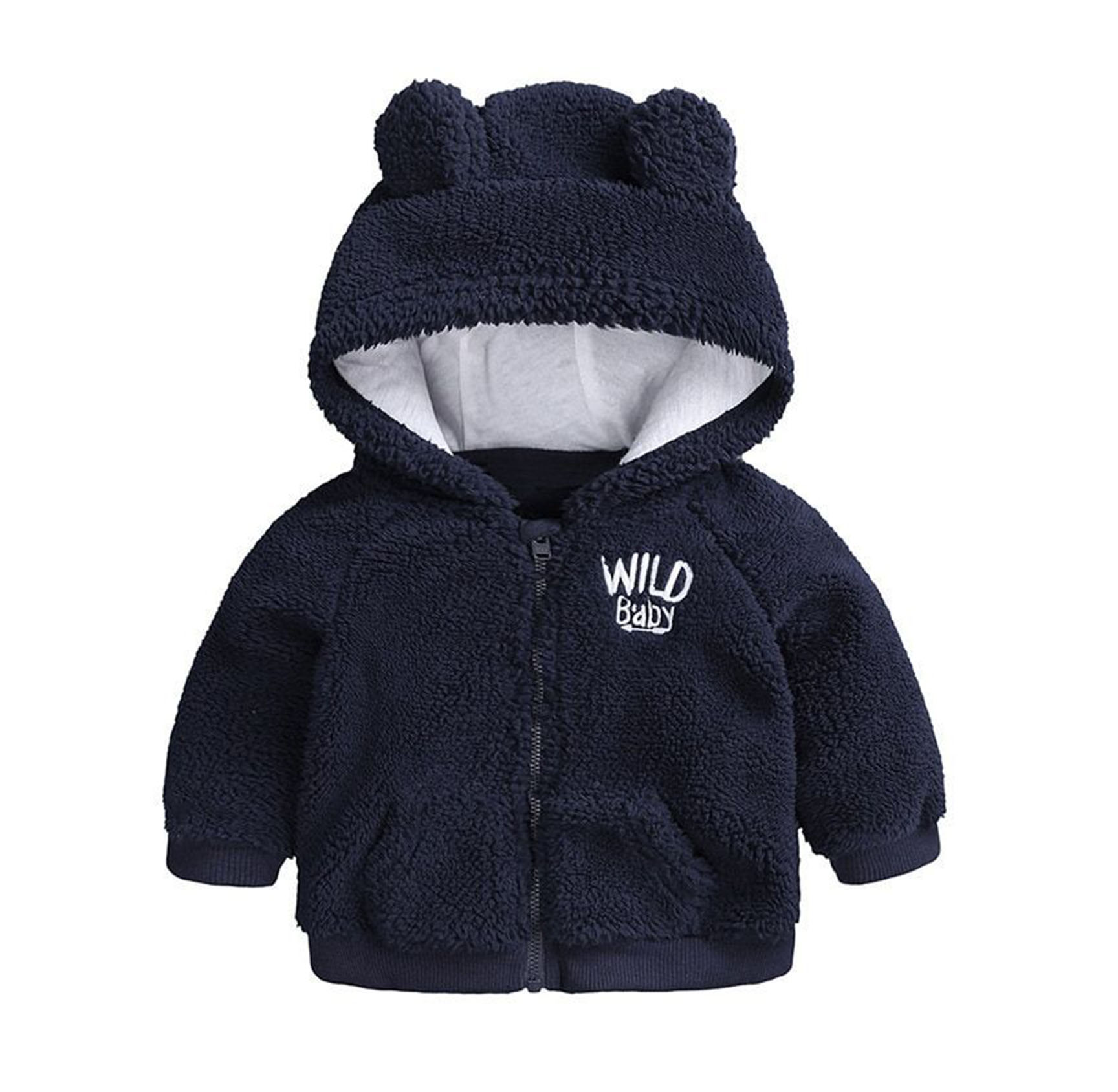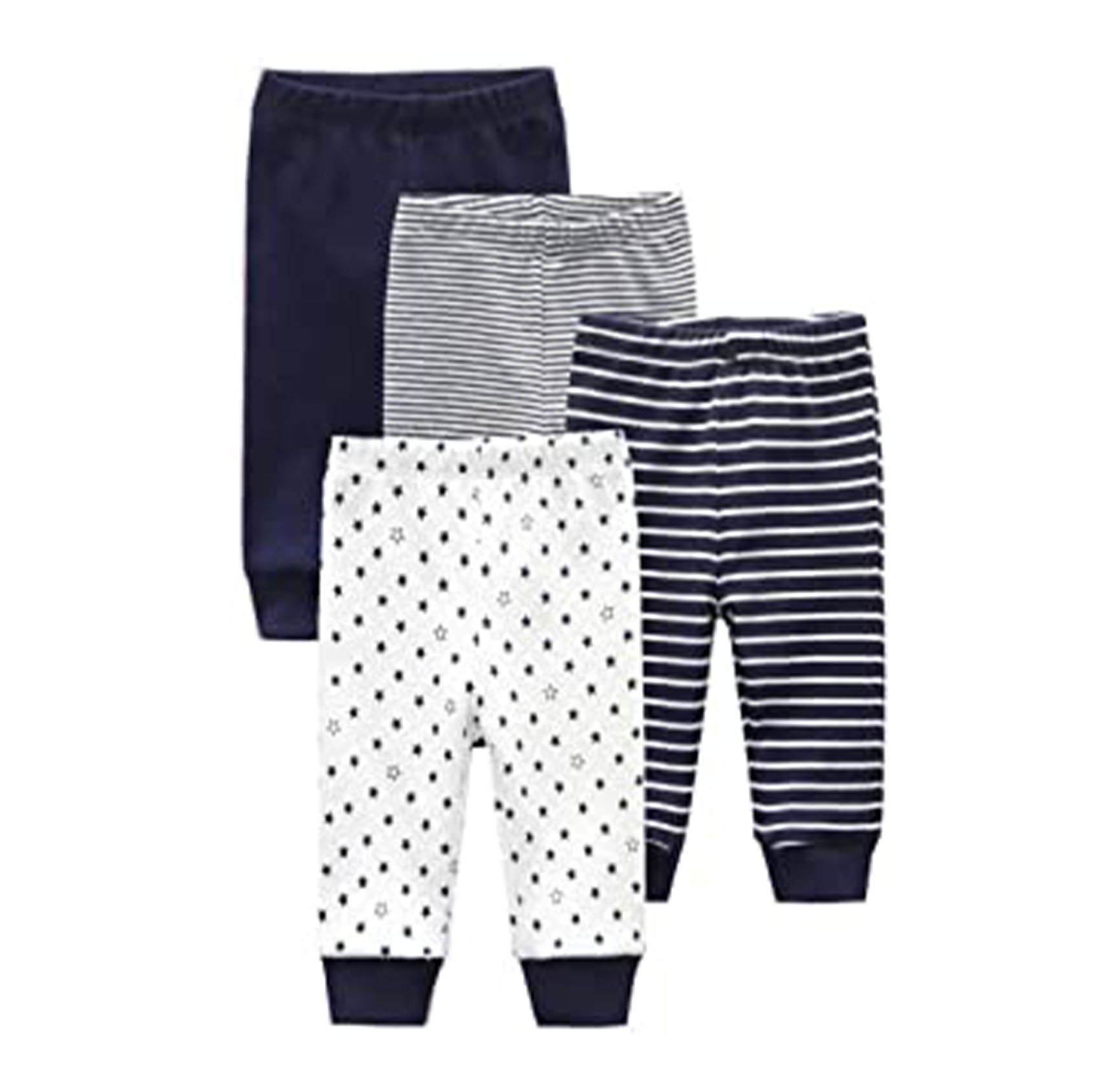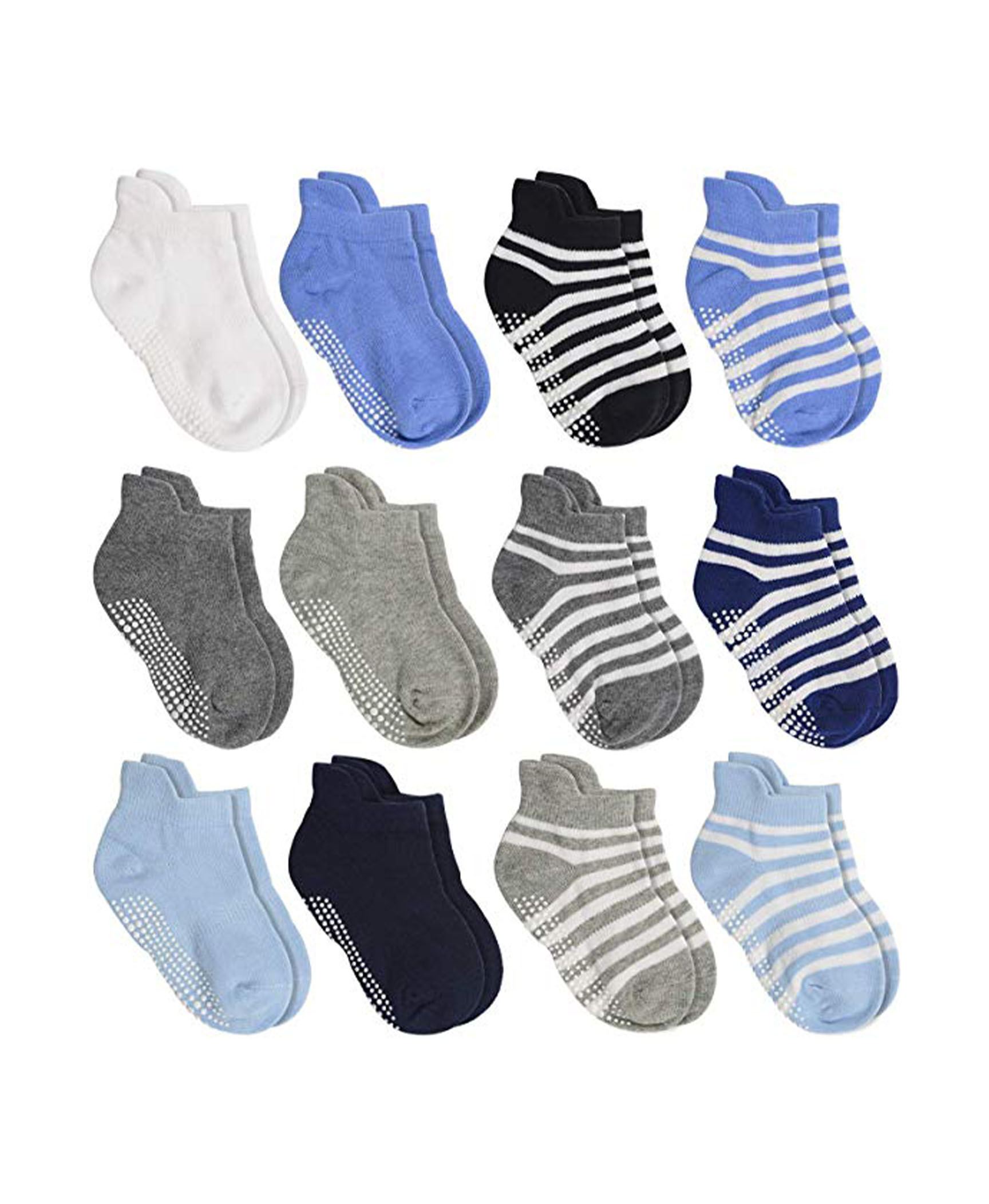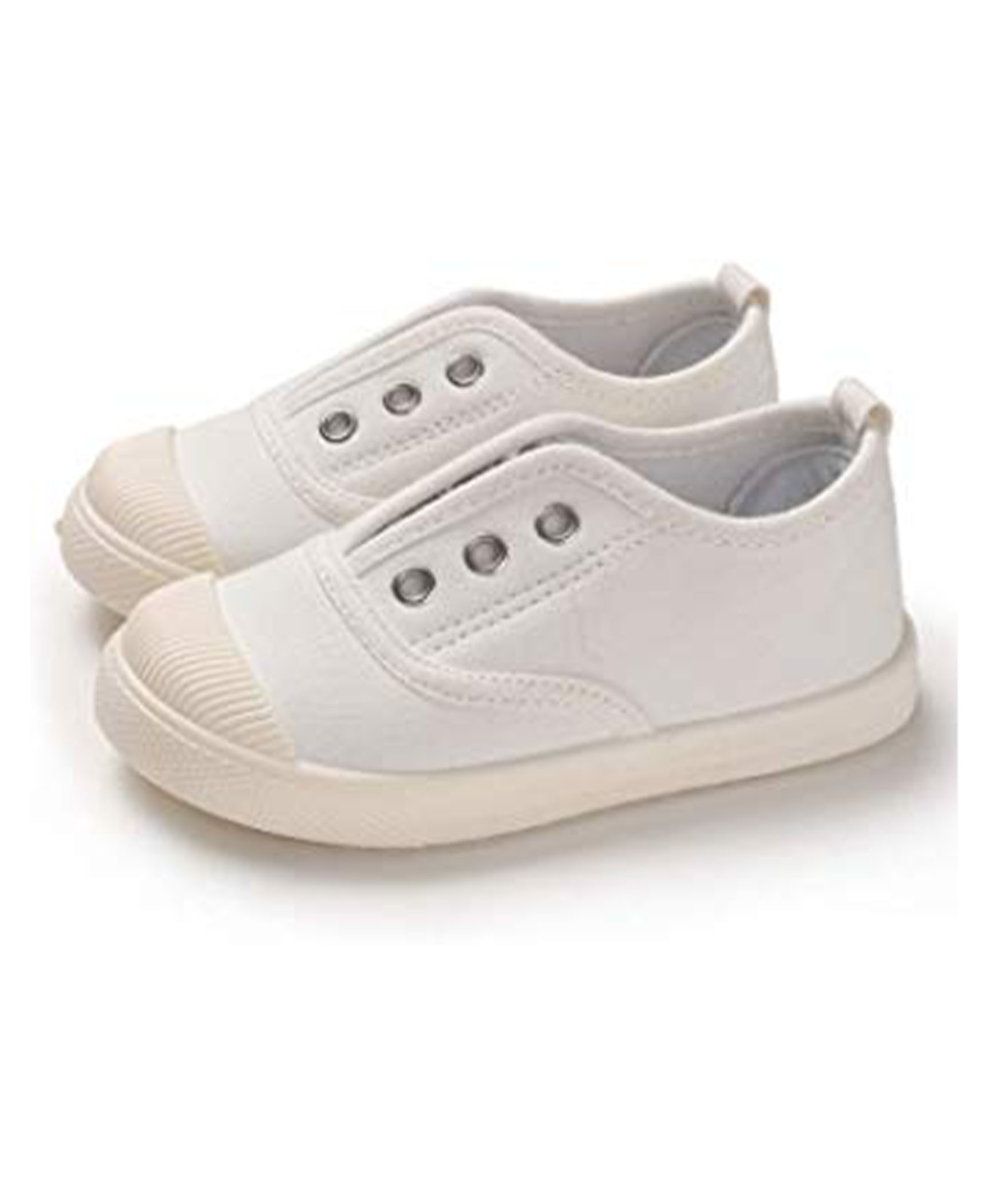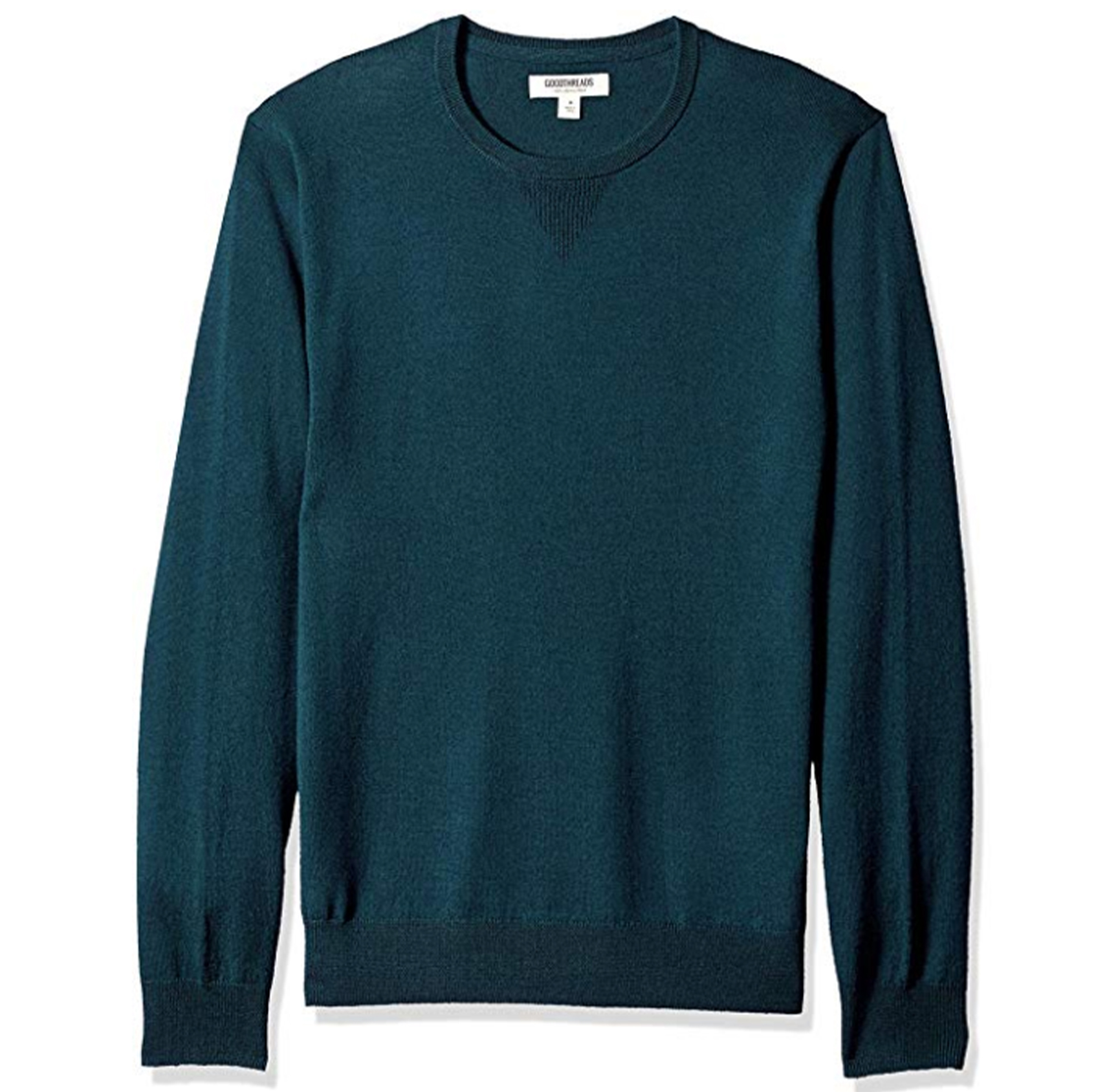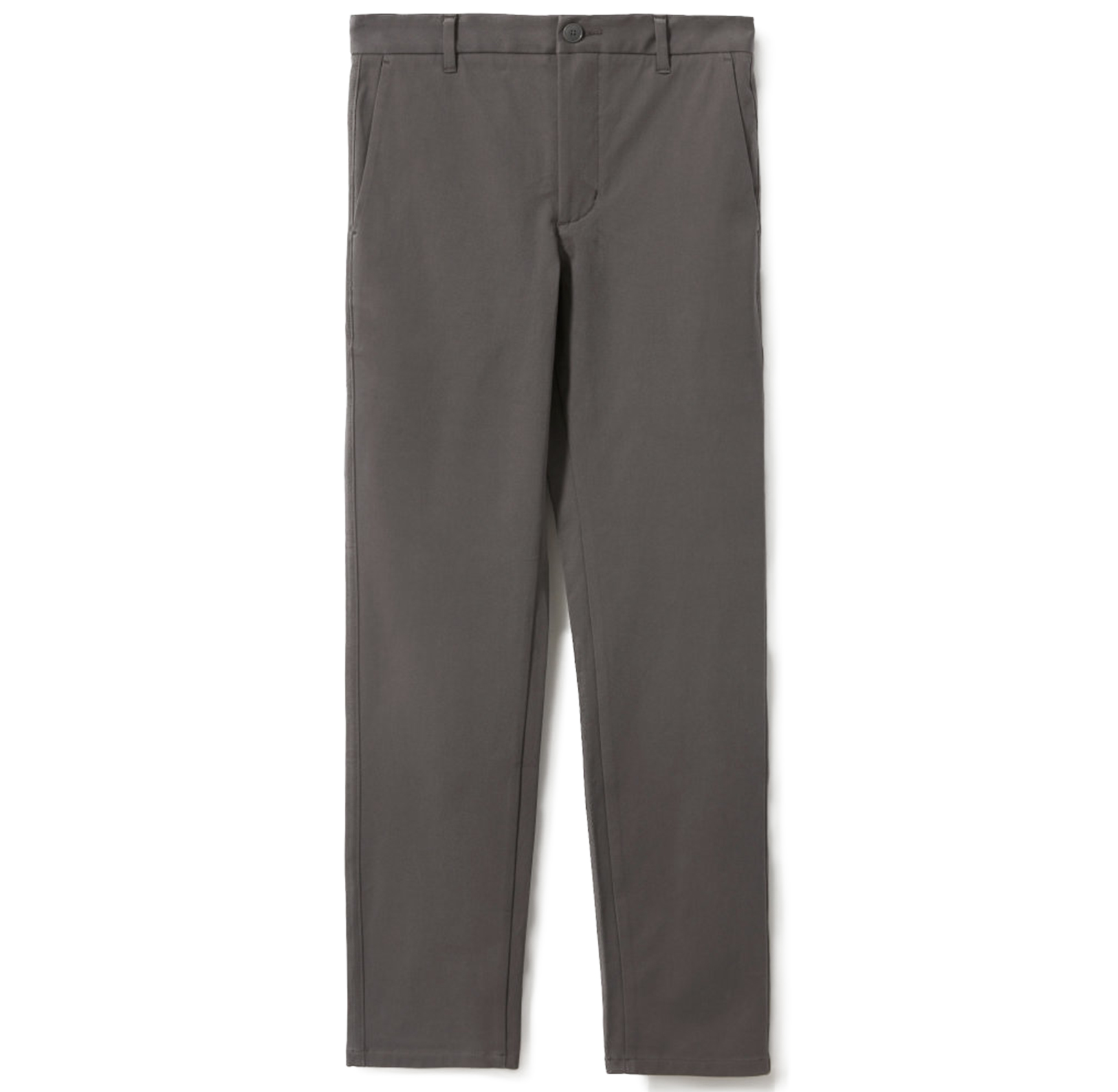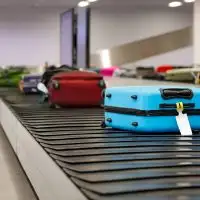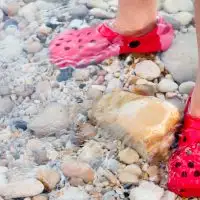Airplane travel with children is often stressful for the whole family. You’re taking your kid out of his or her normal routine, possibly combating tiredness and over-stimulation, and trying to maintain your cool as much as possible—all while careening through the air at 500 miles per hour.
But there are still rules all air travelers should follow—kids included.
So what are the most important things parents should do for their child’s safety and security on a plane? And what are the things you should absolutely not let your child do while you’re in the air, if you can help it?
Here’s what the experts have to say.
1. Don’t let your kids walk around without shoes on.
“Especially into the lavatory,” says Abbie Unger of South Carolina, a former flight attendant, mom of three and owner of Flight Attendant Career Connection. “You know how the lavatory floor is always wet? That’s not water.”
2. Don’t let your child ignore the safety demonstration.
Sure, a lot of us tune this out because we’ve listened to it so many times. But consider modeling good behavior to your kids during this part of the flight.
“First, it’s respectful to pay attention when someone is talking to you,” says Unger. “And second, if God forbid something does happen, you want your children to know what to do. For the same reason schools have fire drills, your children should know how to don an oxygen mask and where the closest exit is located.”
3. Don’t let them eat too many sugary snacks.
Though parents often pack more than enough snacks to keep their kids’ hunger at bay, or distract or reward them during the flight, Corinne McDermott, blogger for Have Baby Will Travel, advises parents to watch the sugar intake. “Try to limit sugar or juice until towards the end of your flight, since being wired on sugar and trapped in a flying tube is no fun for anyone.”
4. Don’t let your kids get up while the seat belt sign is on.
“This truly is for their safety and the safety of those around them,” says Unger. “Turbulence is dangerous if you are not buckled in. When my children were newly potty-trained, I would put them in Pull-Ups for the flight. This prevents accidents, both bathroom and physical.”
5. Don’t let your child kick the seat in front of him or her.
Travelers love to complain about the annoying behavior of kids on airplanes, but while crying and other normal kid behaviors are forgivable, most of us can agree it’s not OK for a child to repeatedly kick a seatback. How do you curb this behavior? If your child is small, distract him or her with a walk down the aisle, a toy, or a show. Fold down the tray table and do some coloring. For slightly bigger kids, try your regular system of rewards and consequences (treats and screen time are usually big motivators). As a last resort with a chronic seat-kicker, if you’re traveling with another adult, see if he or she can switch into the seat that’s being kicked. Other novel ideas include removing your kids’ shoes and placing a lovey in the seatback pocket to discourage those kicks.
6. Don’t let your kids turn up the volume too much on their headphones.
This might be challenging to monitor on a loud, busy flight, but it’s important: according to a report in the New York Times, noise at 100 decibels is only safe for about 15 minutes. And don’t assume that headphones made for children cannot be cranked up to unsafe levels—some of them emit levels that can still cause hearing damage. Aim for 60 percent of maximum volume, and have your child take a break every hour.
Related: The Best Headphones for Kids
7. Don’t forgo a seat for your infant or child under 2.
This can be controversial—for years, many parents have opted to save money on an extra seat by traveling with their “lap child.” But if you’re interested in the safest possible scenario for your baby, using a car seat (or an FAA-approved safety harness for older kids) is the way to go. Our advice: Do the research and make the decision that’s best for your family.
“It’s simply not safe,” says Kyle Stewart, a freelance travel writer for Live and Let’s Fly. “In the case of severe turbulence or an accident, a lap child is too heavy to [restrain on a lap] for even the strongest travelers. Even though they travel for free or very little cost, that doesn’t mean you should.”
Cynthia J. Drake is a travel writer based in Austin, Texas, where she lives with her husband and two sons. Since becoming a mom, she’s been stranded at sea with her family, gotten lost in the Rocky Mountains, dealt with more than her fair share of public vomiting, and still can’t wait for the next trip. She writes regularly for AAA magazines, Austin American-Statesman, Texas Highways and Cruise Critic. Follow her on Facebook and Twitter.
What to Pack for Your Next Trip
Our team of parents and travel experts chooses each product and service we recommend. Anything you purchase through links on our site may earn us a commission.

